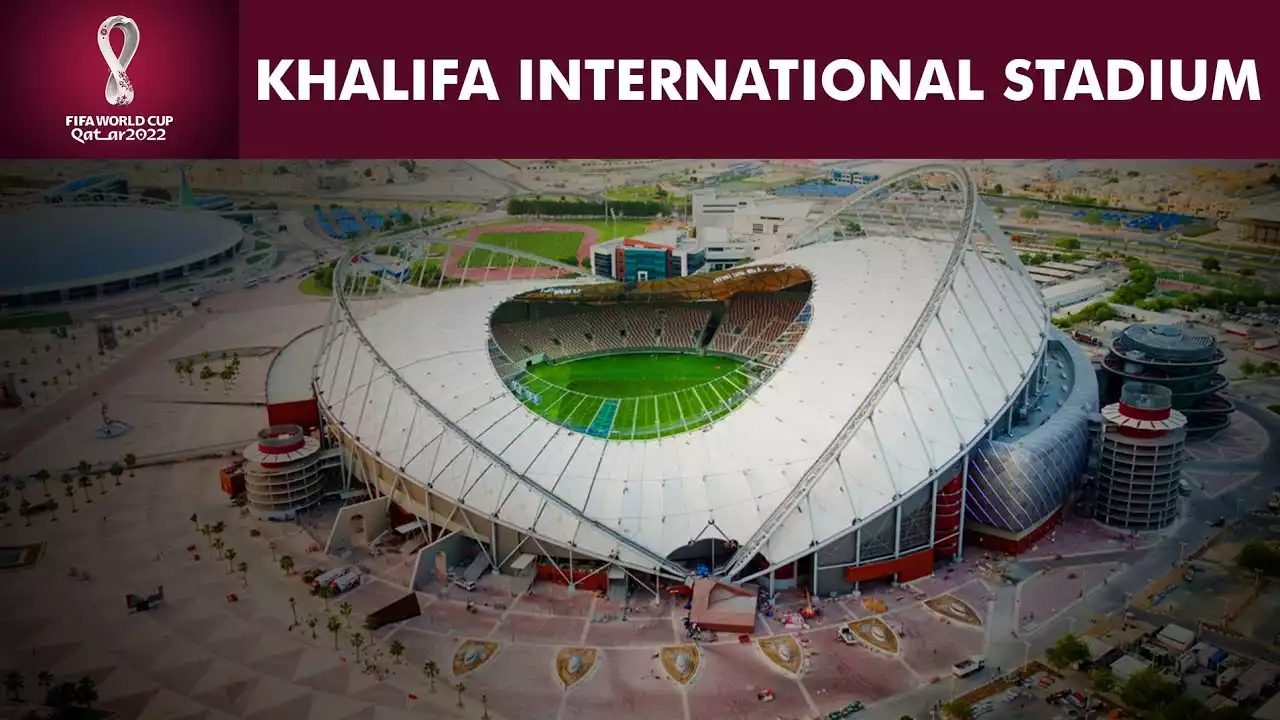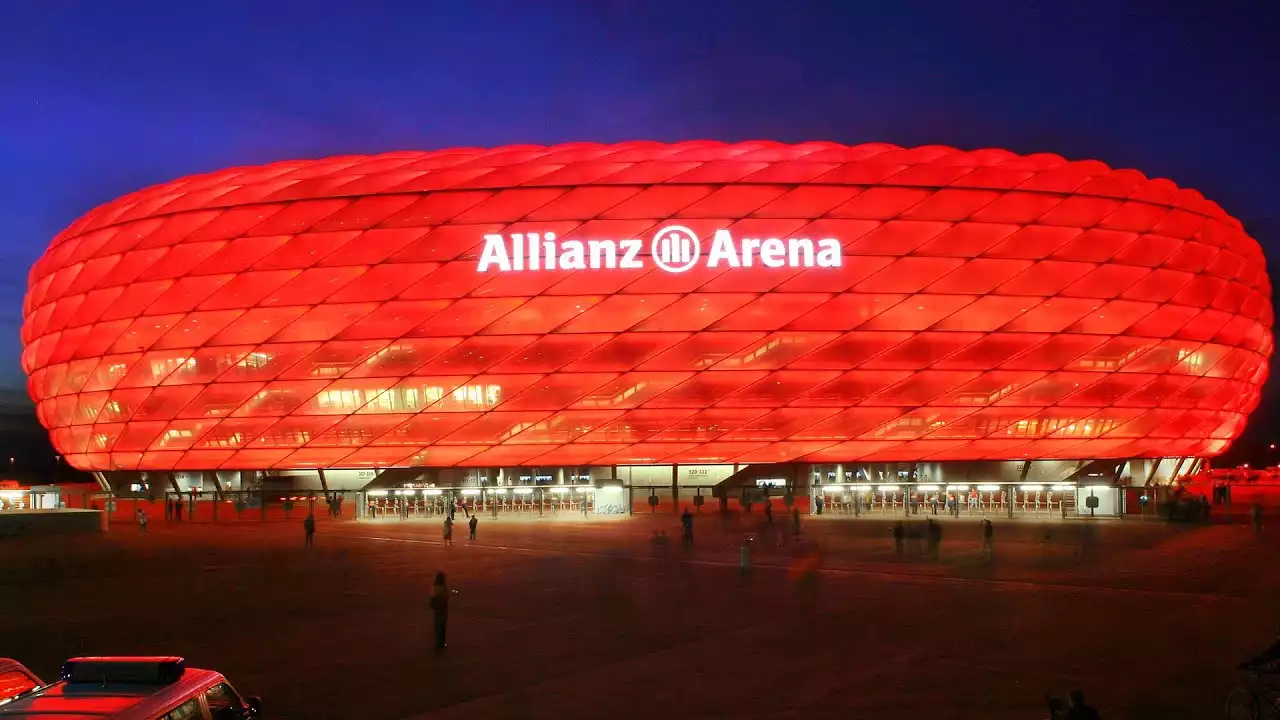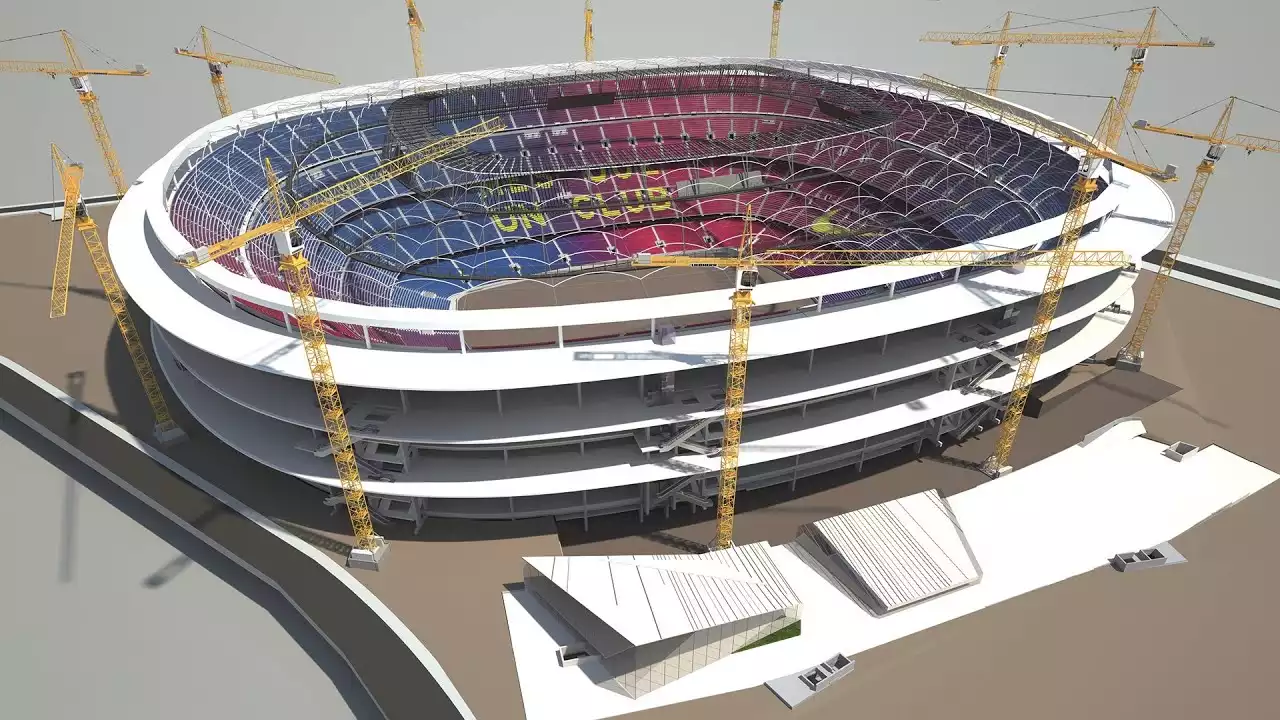Overview of FIFA Club World Cup stadiums
The FIFA Club World Cup is an international tournament that brings together the champions from each of the six continental confederations, along with the host nation's league champions. Over the years, this tournament has been hosted by various stadiums around the world. The venues chosen to host the tournament showcase not only the grandeur of the event but also the passion for the beautiful game.
History of FIFA Club World Cup stadiums
The history of FIFA Club World Cup stadiums is rich and varied. Since its inception in 2000, the tournament has been held in different countries, giving each host nation the opportunity to showcase its sporting infrastructure. From Brazil to Japan, the stadiums chosen to host the tournament have become iconic landmarks in their respective cities.
Unique features of FIFA Club World Cup stadiums
Each FIFA Club World Cup stadium has its own unique features that set it apart from the rest. For example, Qatar's Khalifa International Stadium holds the record for the largest seating capacity among all the Club World Cup venues. With a massive capacity of over 40,000, this stadium has witnessed the triumphs and defeats of some of the world's best football clubs.
Largest and smallest stadiums used in the FIFA Club World Cup
The FIFA Club World Cup has been hosted in stadiums of various sizes. While some stadiums have the capacity to hold tens of thousands of spectators, others are more intimate, creating a unique atmosphere for the matches. The largest stadium used in the tournament is the aforementioned Khalifa International Stadium in Qatar, while the smallest stadium is the Toyota Stadium in Japan, with a capacity of around 45,000.
Most iconic moments in FIFA Club World Cup stadium history
FIFA Club World Cup stadiums have witnessed some of the most iconic moments in football history. From stunning goals to dramatic comebacks, these stadiums have been the stage for unforgettable matches. One such moment was when Real Madrid won their third consecutive Club World Cup title in 2018 at the Zayed Sports City Stadium in Abu Dhabi, cementing their status as one of the greatest football teams in history.
Sustainability and technology in FIFA Club World Cup stadiums
In recent years, sustainability and technology have become key considerations in the design and construction of FIFA Club World Cup stadiums. These stadiums aim to minimize their environmental impact while providing state-of-the-art facilities for players and spectators alike. From solar panels to rainwater harvesting systems, these stadiums are setting new standards for sustainable sports infrastructure.
Behind the scenes: How FIFA Club World Cup stadiums are prepared
Hosting a FIFA Club World Cup requires meticulous planning and preparation. Months before the tournament, the host country's organizing committee works tirelessly to ensure that the stadiums are ready to welcome the world's best football clubs. From pitch maintenance to security arrangements, a dedicated team of professionals ensures that everything is in place for a successful tournament.
Impact of FIFA Club World Cup stadiums on local communities
The hosting of the FIFA Club World Cup has a significant impact on the local communities surrounding the stadiums. Not only does it bring international attention and tourism to the area, but it also provides opportunities for economic growth and development. Local businesses benefit from increased footfall, while the construction and operation of the stadiums create jobs and boost the local economy.
The legacy of FIFA Club World Cup stadiums
The FIFA Club World Cup stadiums leave a lasting legacy in the world of football. These venues have become symbols of sporting excellence and architectural brilliance. From hosting thrilling matches to driving sustainable development, these stadiums continue to captivate football fans around the globe. As the tournament moves from one host nation to another, the FIFA Club World Cup stadiums will continue to provide the stage for the world's best football clubs to showcase their talent and compete for glory.
Intriguing, isn't it? The FIFA Club World Cup stadiums are not just venues for matches; they are living, breathing entities that hold a special place in the hearts of football fans worldwide. So, the next time you watch a game, take a moment to appreciate the history, architecture, and unique features of the stadium that makes it all possible.










